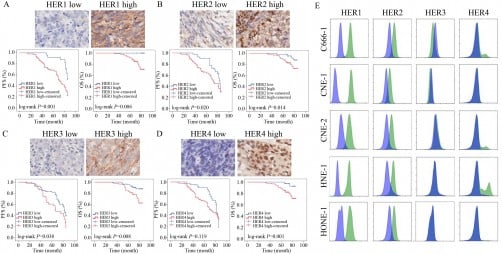Study Reveals How Past Injuries Shape Future Stress Responses

Recent research has uncovered significant insights into how past injuries can affect the body’s response to stress and pain long after healing has occurred. A study published in Current Biology by researchers at the University of Toronto Mississauga reveals that previous wounds can sensitize the nervous system, leading to exaggerated reactions to stressors, such as fear and pain.
The study highlights that mice with a history of injury exhibited heightened sensitivity when exposed to predator scents, a situation known to induce significant stress. These mice demonstrated increased fear responses and developed enduring pain in both hind paws, even on the uninjured side. Remarkably, these symptoms persisted for more than six months after the initial injury had healed.
Understanding the Mechanisms of Sensitivity
Dr. Loren Martin, an associate psychology professor and the study’s senior author, explained the implications of these findings. “Our brains are wired to protect us—especially from threatening situations,” he noted. “But sometimes that protective system stays switched on, leaving us overly sensitive to stress or pain, even when the threat is long gone.” This research provides valuable insights into how prior injuries can influence the brain’s responses to future stressors, potentially leading to chronic pain conditions and anxiety disorders.
The first author of the study, Jennet Baumbach, identified a crucial link between stress and persistent pain. She discovered that the stress hormone corticosterone interacts with a protein known as TRPA1—often referred to as the “wasabi” receptor due to its association with a burning sensation. This interaction amplifies the sensitivity to future threats, causing mice to react to predator odors with both heightened fear and renewed pain.
Notably, while both TRPA1 and stress hormones like corticosterone were essential for the amplified fear response, the long-lasting pain was found to depend solely on stress signaling, suggesting that fear and pain may arise from distinct biological mechanisms. This distinction indicates potential pathways for therapeutic interventions.
Therapeutic Implications
The findings suggest that targeting the stress hormone corticosterone or inhibiting the TRPA1 receptor could mitigate these heightened responses. This could lead to new therapeutic strategies for treating conditions such as chronic pain, post-traumatic stress disorder (PTSD), and other stress-related disorders.
Dr. Martin emphasized the importance of understanding how trauma rewires the nervous system. “By dissecting the brain and central circuits that control these behaviors, we can begin to target the mechanisms that keep fear and pain locked in place,” he stated.
The study, titled “A history of injury enhances affective and sensory responses to predator threat by sensitizing corticosterone release through TRPA1 receptor signaling,” underscores the complex interplay between injury, stress, and pain, potentially paving the way for innovative treatments in the future. For further details, the research is accessible under DOI: 10.1016/j.cub.2025.07.005.






